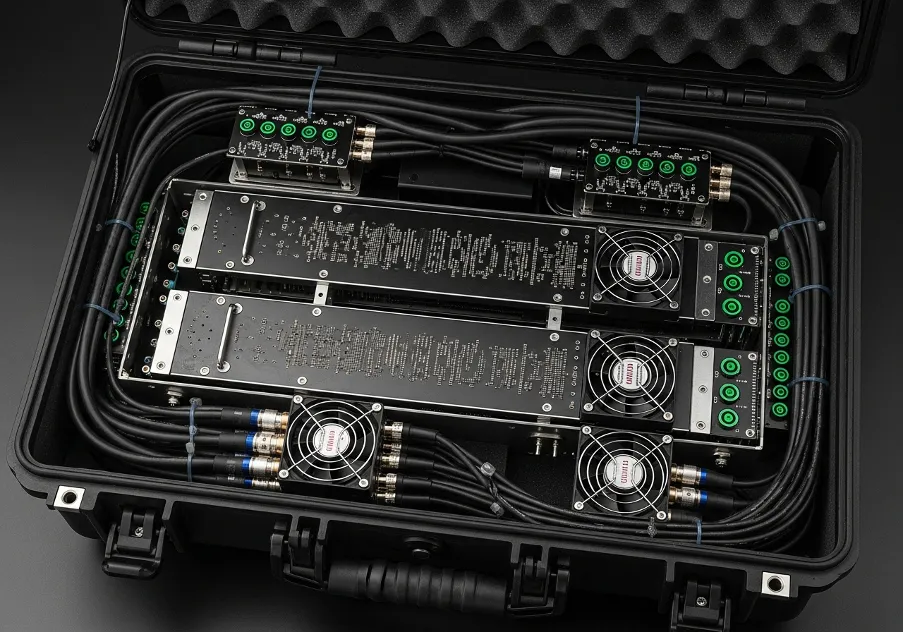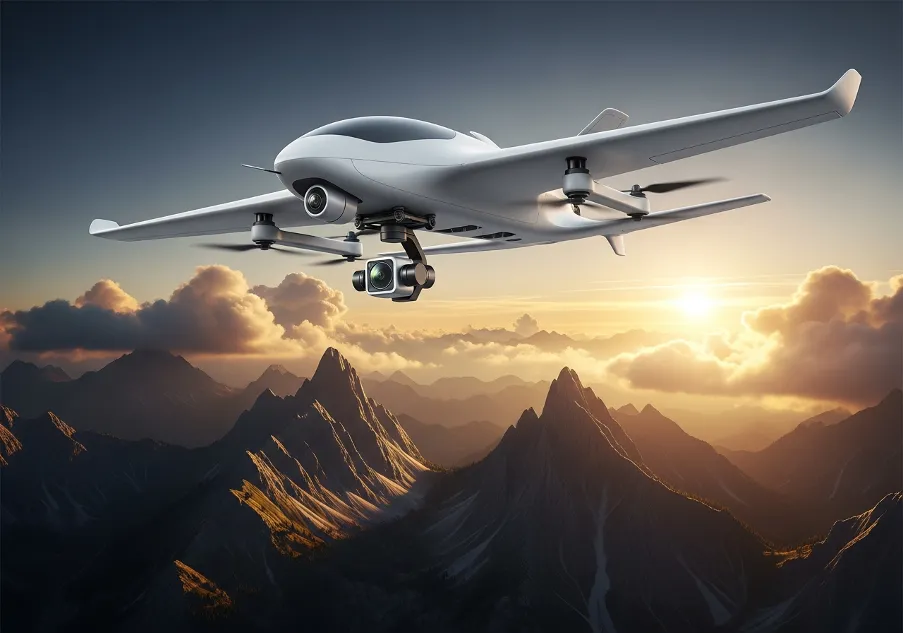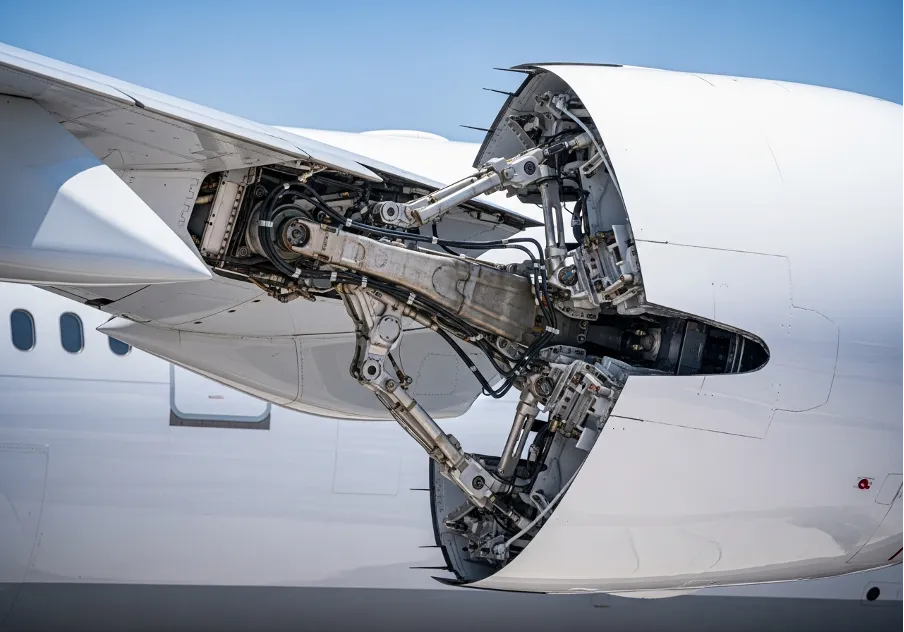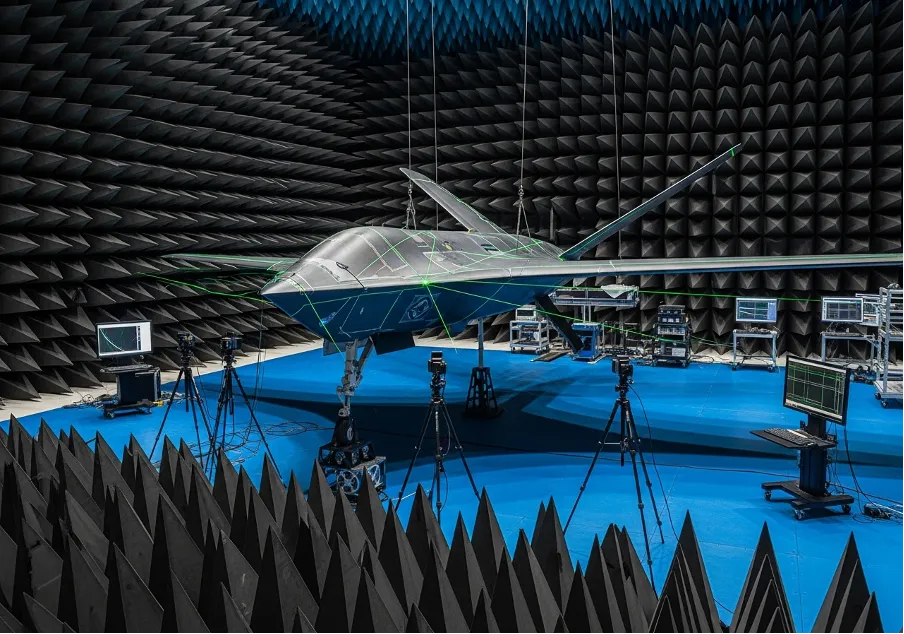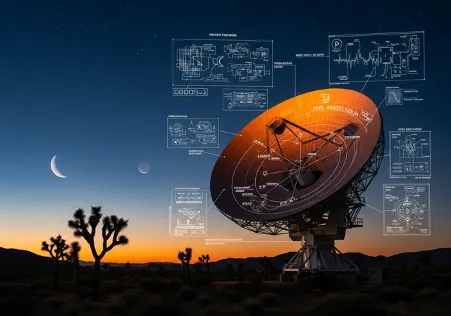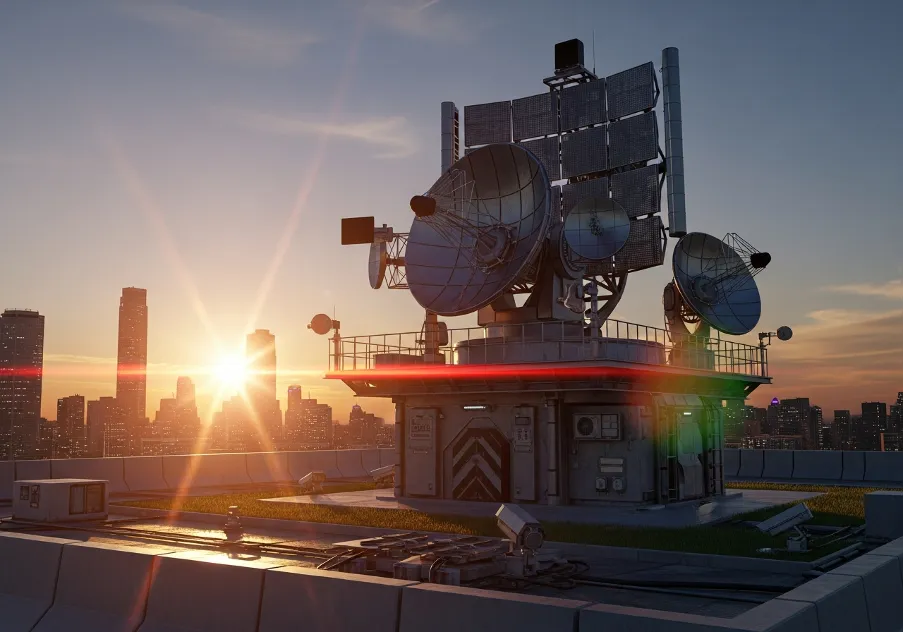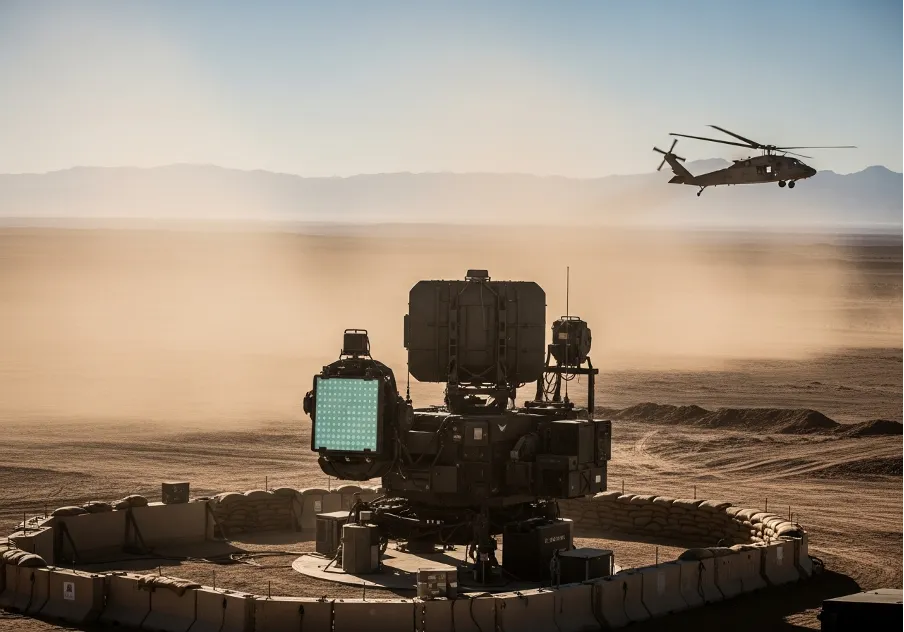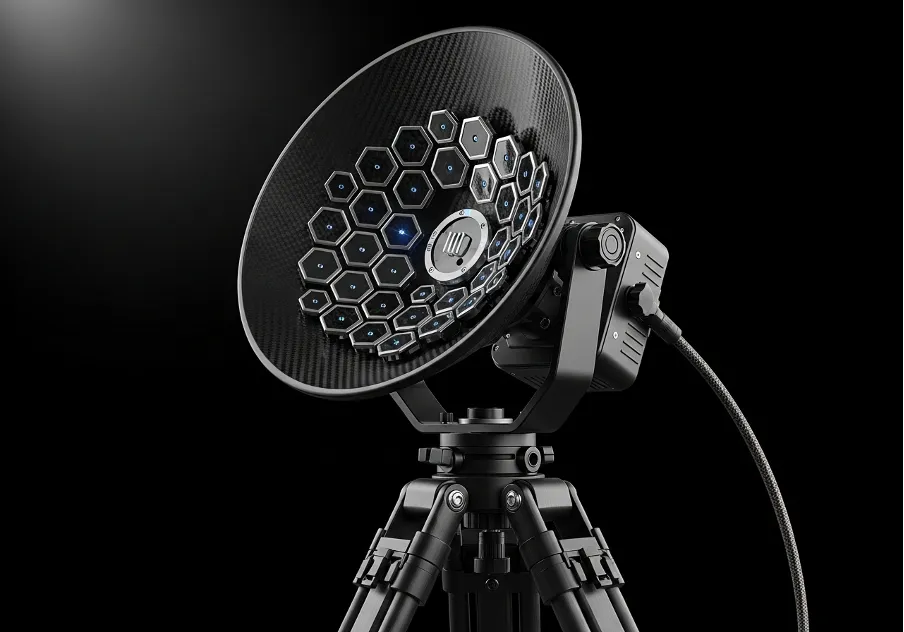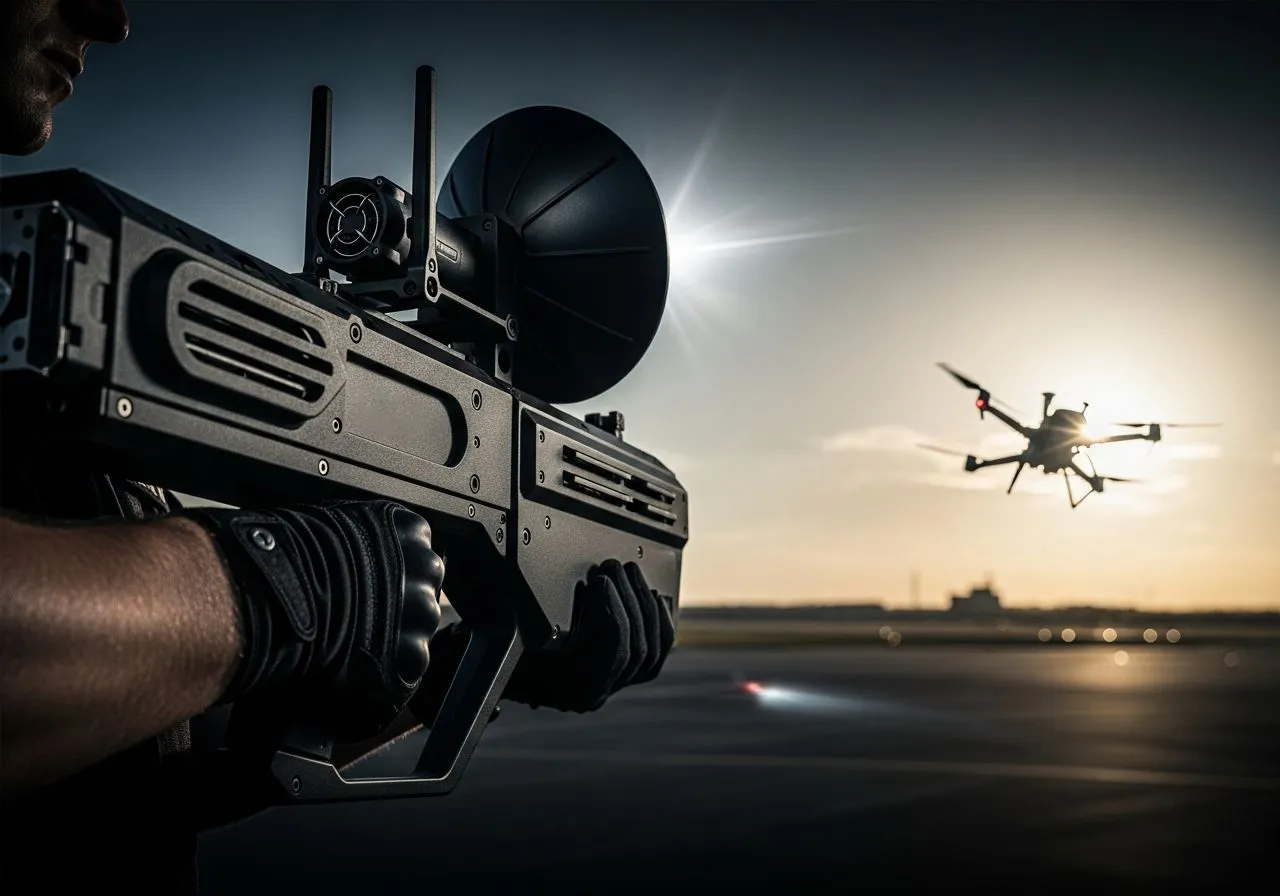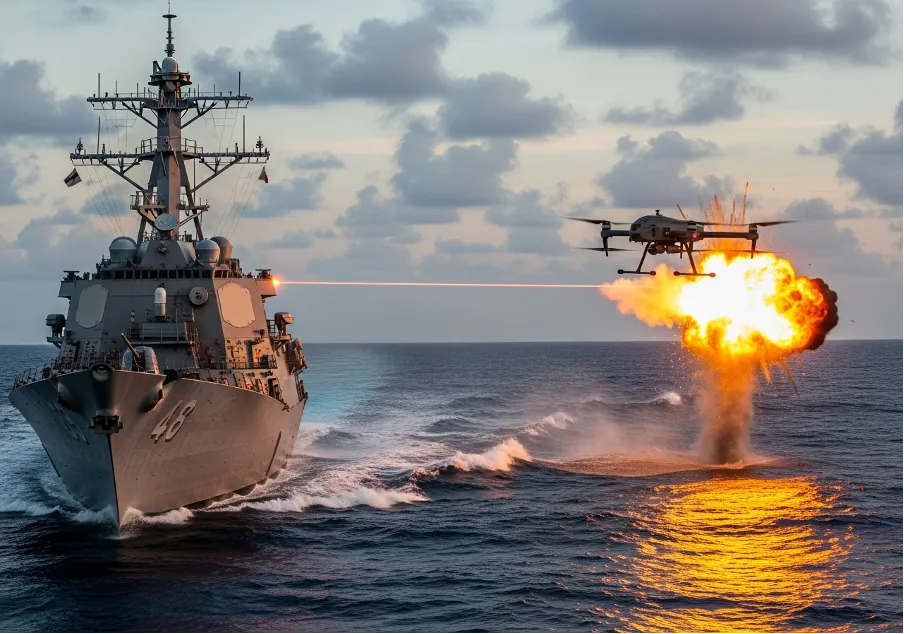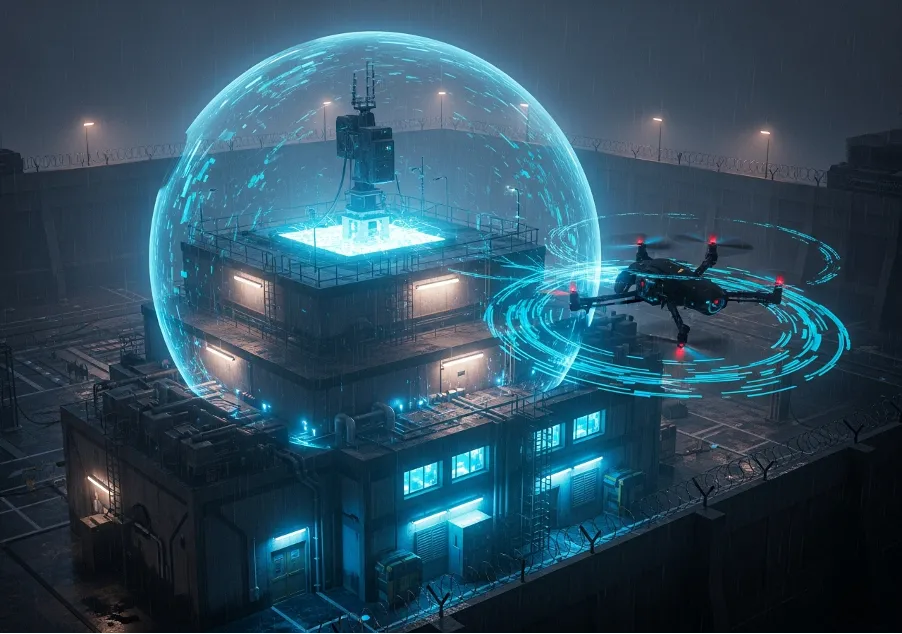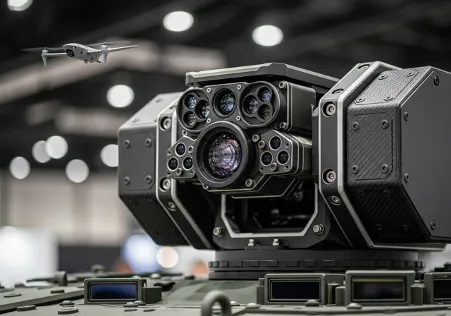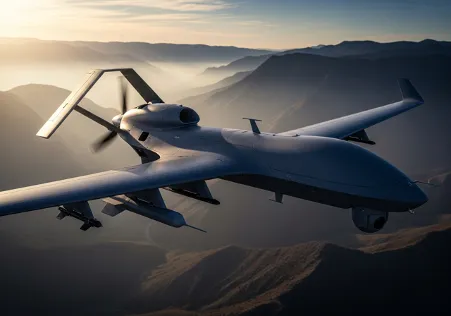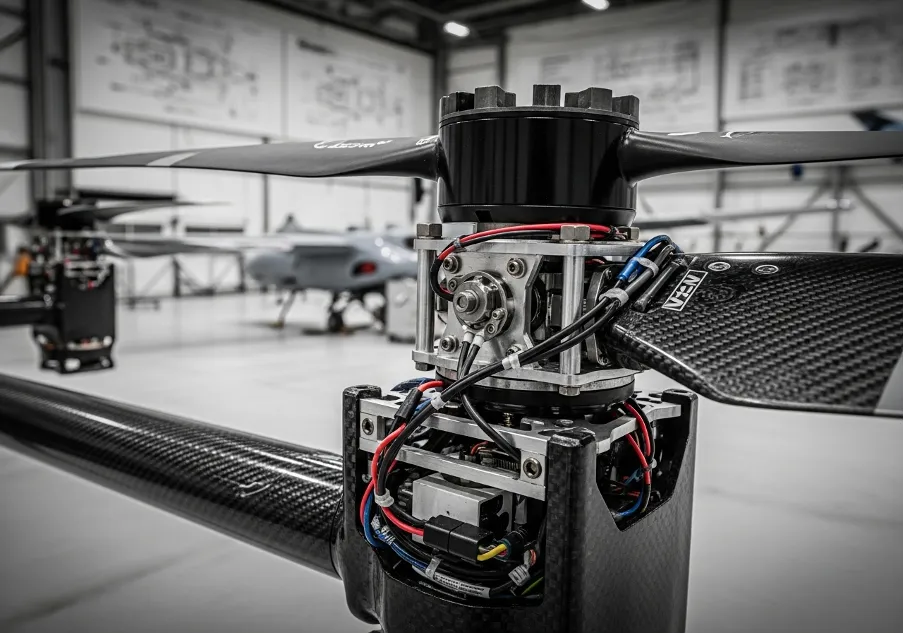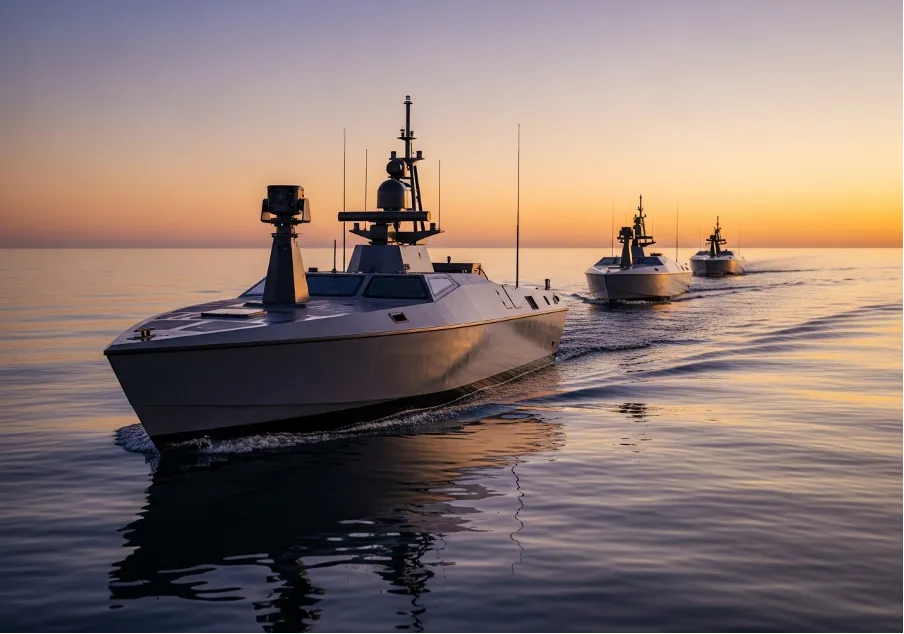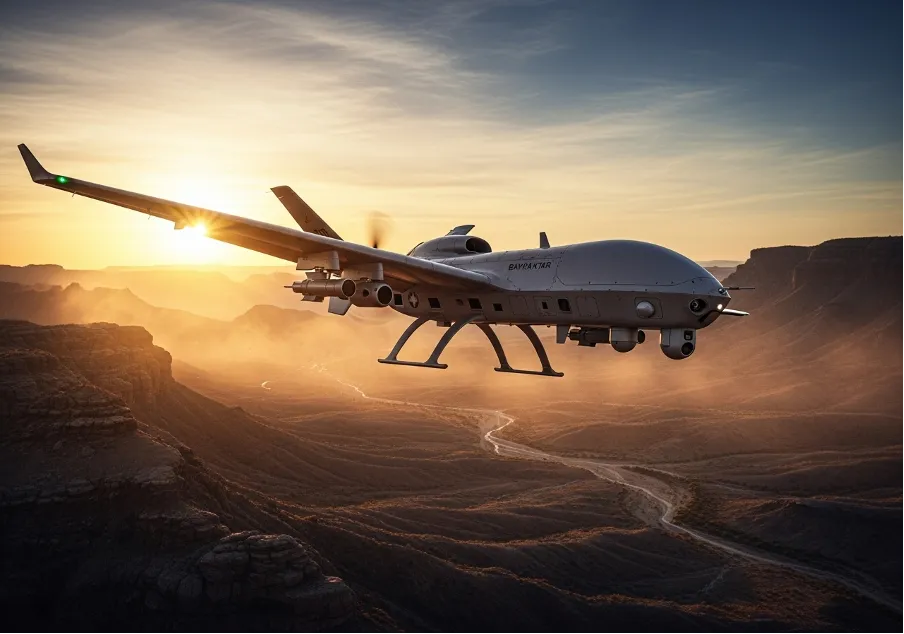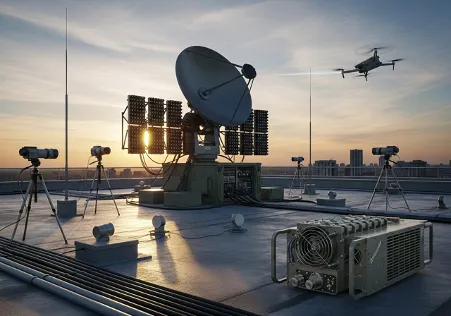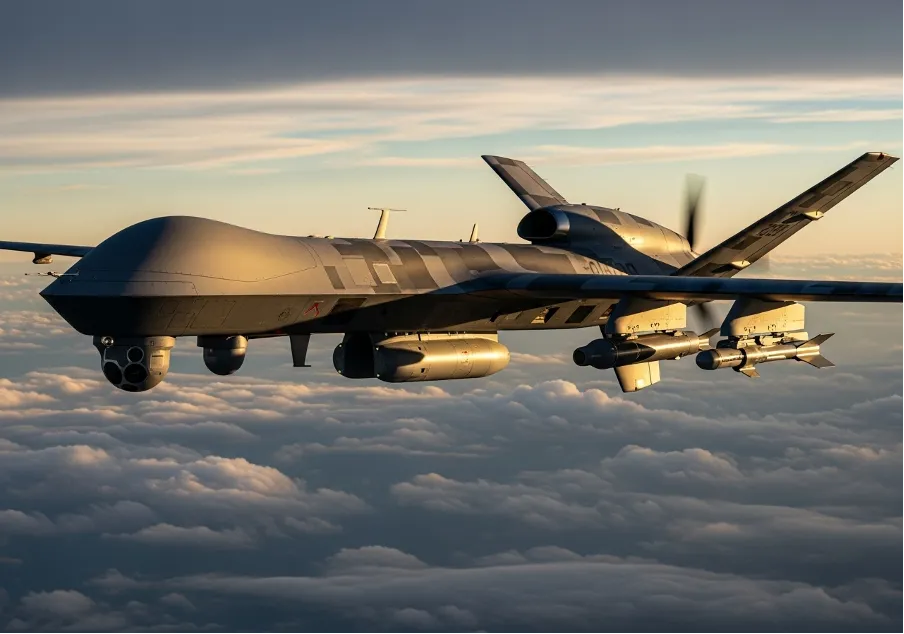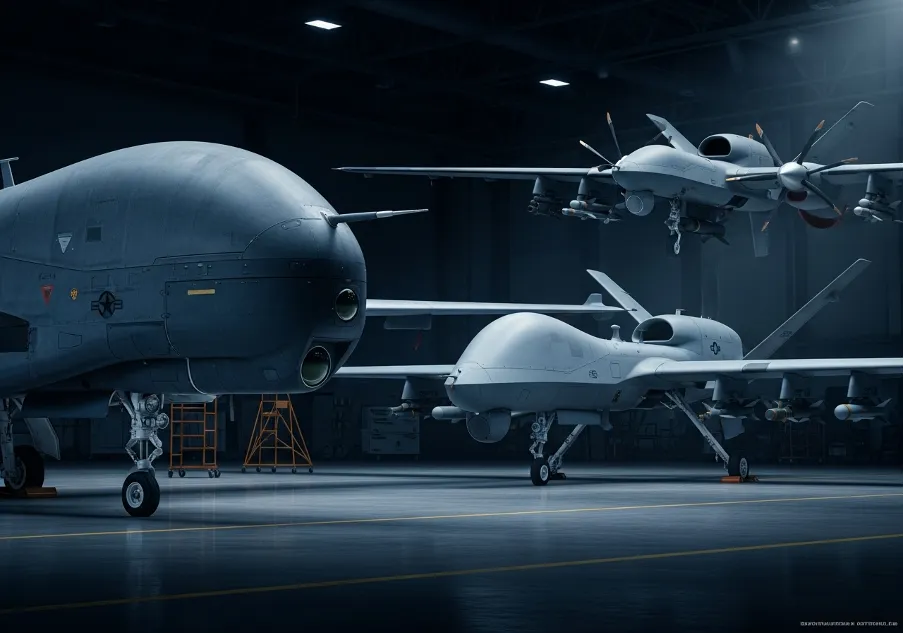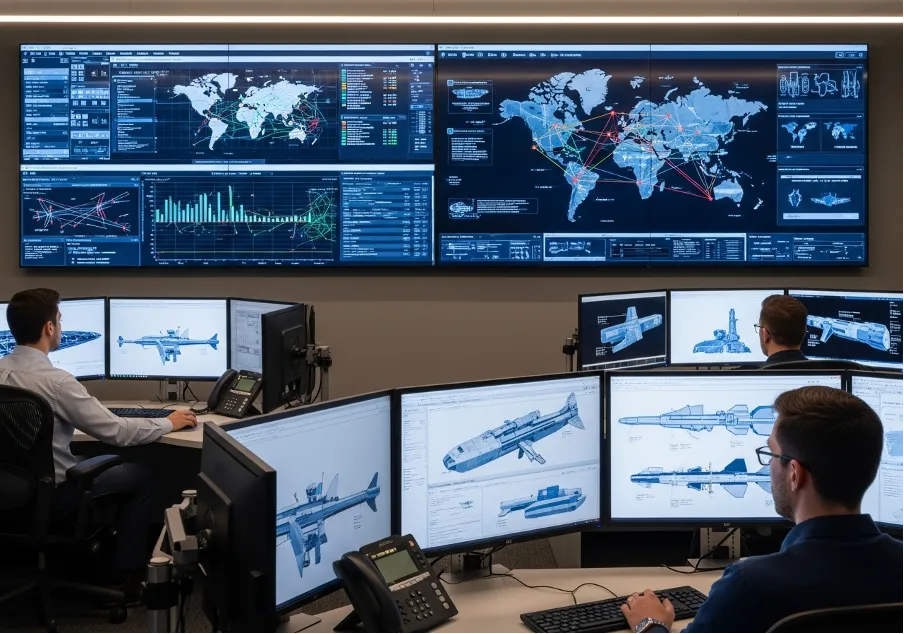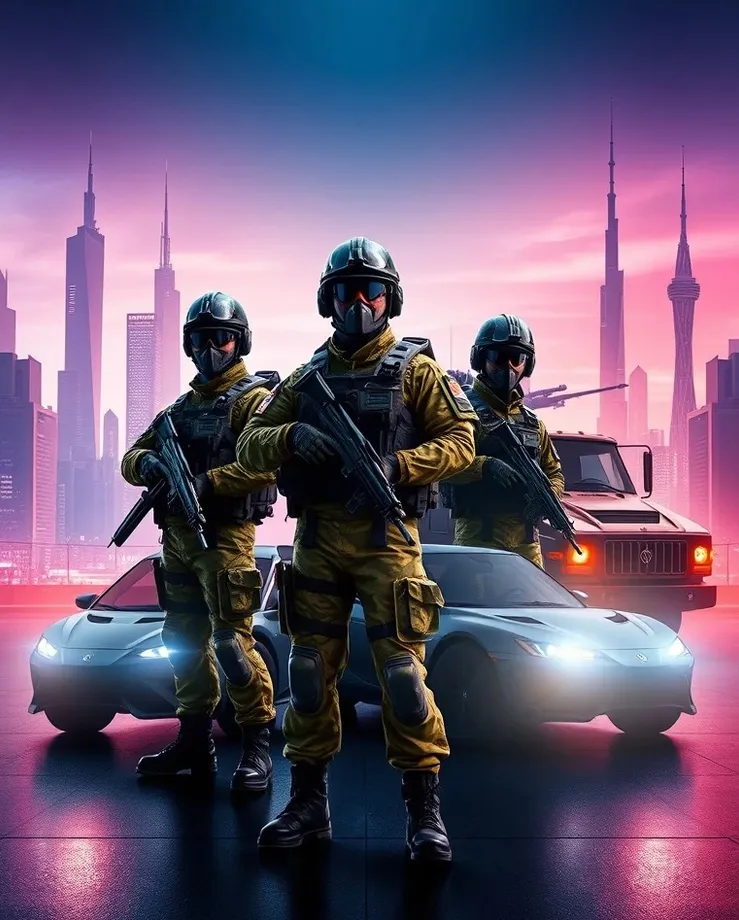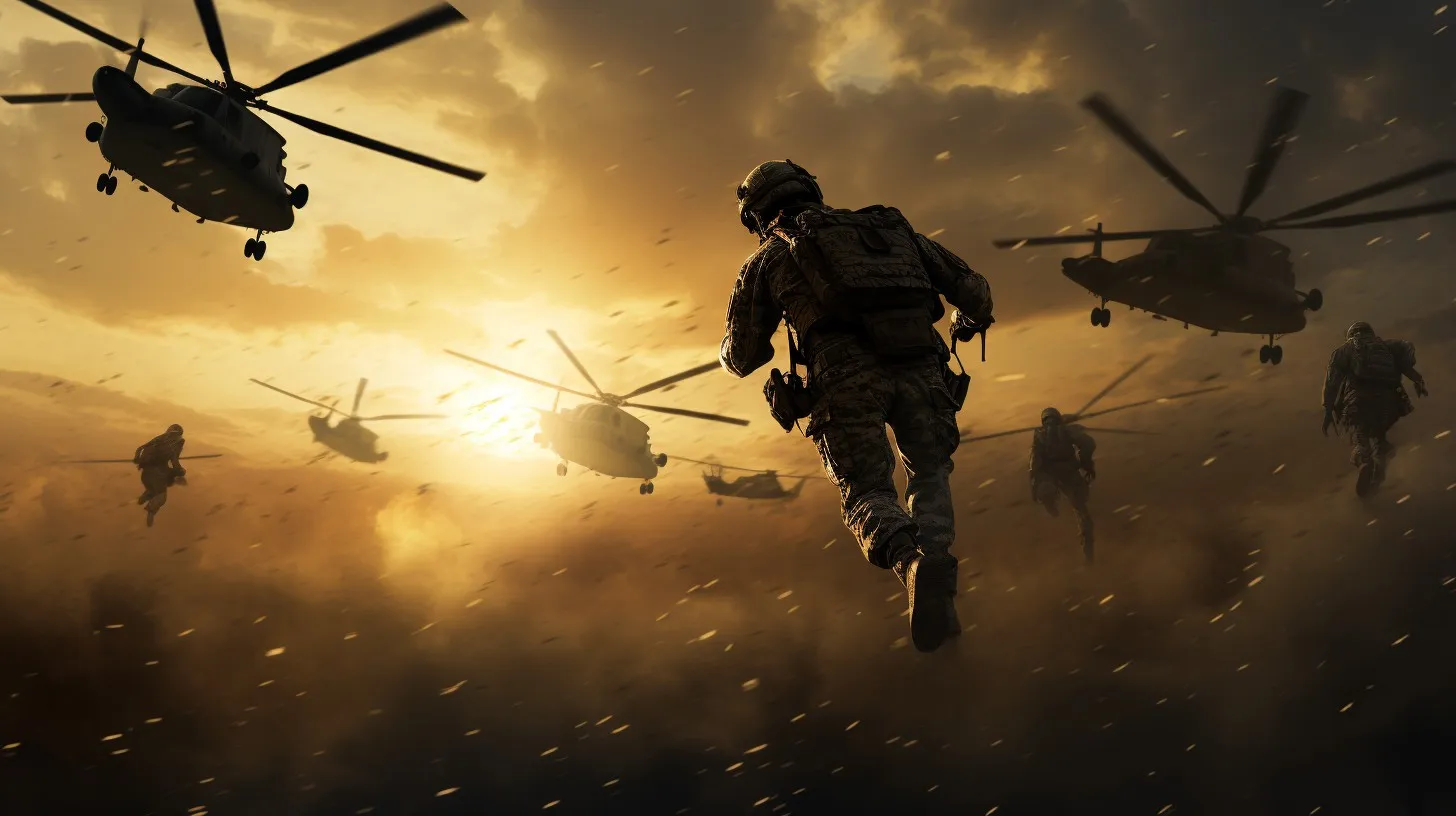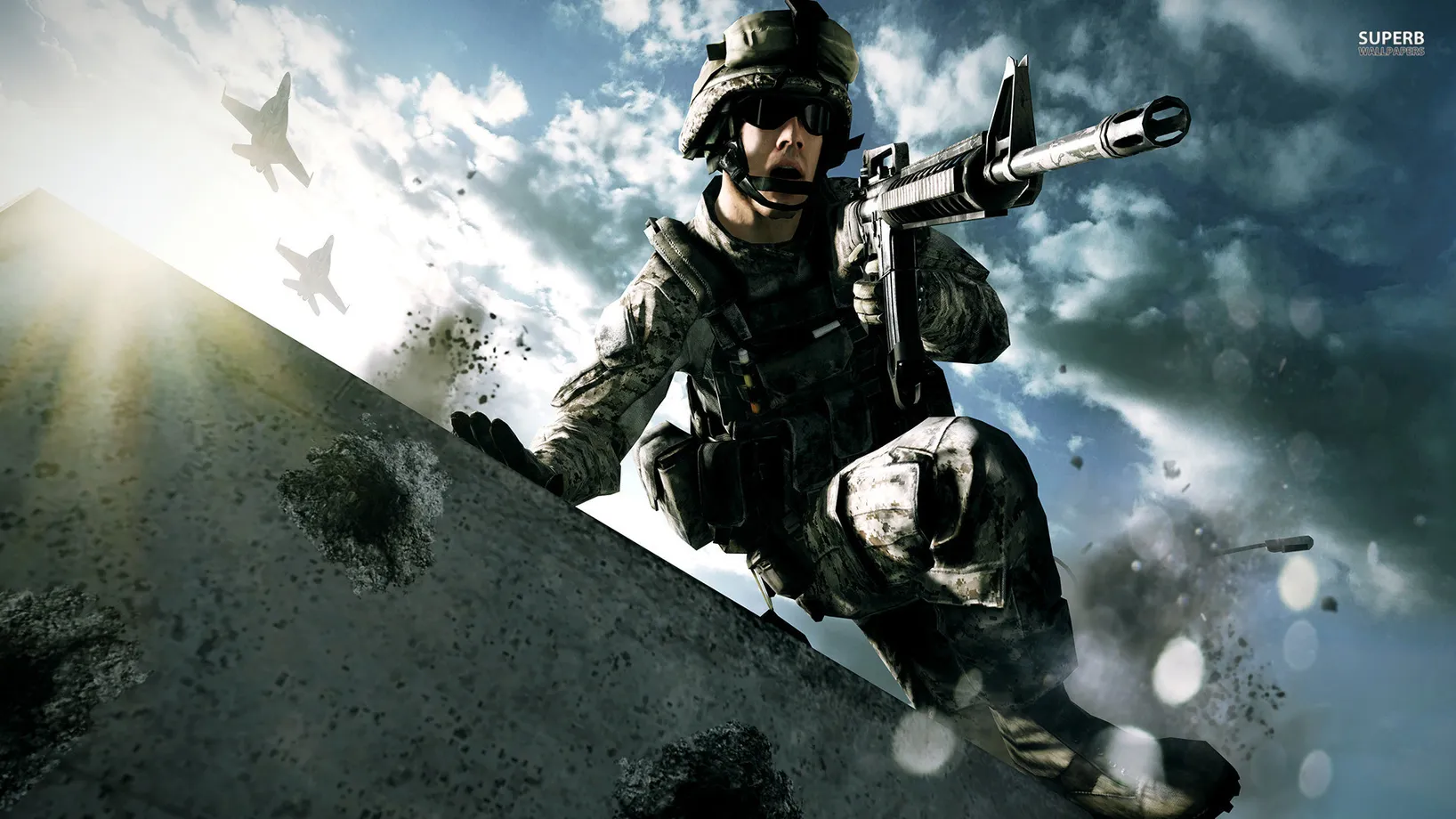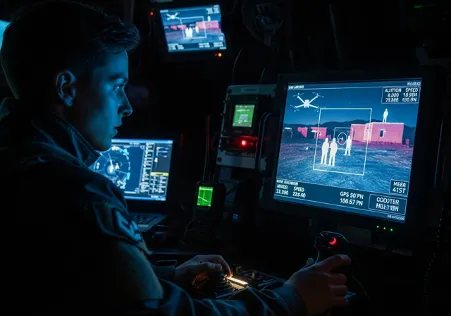
The Core of ISR Military Operations
Perfecting Surveillance and Reconnaissance
The landscape of modern conflict and security has been irrevocably altered by the advent of unmanned aerial systems. These platforms, particularly those designed for intelligence, surveillance, and reconnaissance missions, offer a level of situational awareness that was previously unattainable. They serve as the unblinking eyes in the sky, providing critical data that informs decisions, protects personnel, and ultimately shapes the outcome of operations. The core function of these systems is to eliminate uncertainty from highly fluid environments.
Moving beyond simple observation, these aerial assets are integral components of a wider data-centric approach to command and control. The information they gather is not merely passive imagery; it is actionable intelligence that feeds into a networked ecosystem. This immediate data dissemination allows commanders to react to threats and opportunities with a speed that manned assets, constrained by physical and logistical limitations, cannot match. The era of waiting for film to be developed is long gone real-time is the only time that matters.
The Foundational Role of ISR in Operations
Understanding the capabilities of these drones begins with a clear definition of their purpose. At its core, an ISR drone is a force multiplier, an asset designed to collect and transmit vital information from a contested or remote area without risking human life. The platforms themselves are diverse, ranging from small, hand-launched units to large, high-altitude, long-endurance airframes. People often ask what does ISR stand for, and the answer Intelligence, Surveillance, and Reconnaissance encapsulates its multi-faceted mission.
These are not singular functions but a synergistic process:
- intelligence involves the analysis of collected data to produce actionable insights;
- surveillance is the persistent monitoring of a specific area or target;
- reconnaissance missions are typically more targeted, seeking specific information about enemy positions or terrain.
This triad of capabilities ensures that decision-makers have a comprehensive and layered understanding of the operational environment.
The evolution of these systems has been rapid. Early models were little more than flying cameras, but constant refinement has led to sophisticated platforms. Their development has been a key focus for any advanced ISR military organization seeking an advantage. The ability to see without being seen is a timeless tactical principle, and these drones are its ultimate expression in the 21st century.
Distinctions in a Crowded Airspace
It is a mistake to view all unmanned aerial systems as equals. The market and operational spheres include a vast array of devices with wildly different capabilities and intended uses. For instance, the operational ceiling and payload capacity of a military-grade intelligence drone far exceed those of commercially available models. The sensors, data links, and defensive suites are on another level entirely.
While the public consciousness might be more familiar with civilian drones used for photography or delivery services, these are fundamentally different machines. Their flight controllers, communication protocols, and materials are not designed to withstand the rigors of a hostile environment, including electronic warfare or extreme weather conditions. The distinction is critical for understanding their respective roles.
Conversely, the dedicated tactical drone is purpose-built for the sharp end of operations. It is rugged, often featuring encrypted communication links and the ability to carry specialized payloads. These systems are designed for rapid deployment by units on the ground, providing immediate over-the-hill or around-the-corner visibility that can be the difference between mission success and failure. There is a clear line between hobbyist equipment and tools designed for life-or-death scenarios.
The terminology itself can sometimes be confusing for the uninitiated, but understanding the full form of drone as a Dynamic Remotely Operated Navigation Equipment helps to frame its core identity as a tool, not just a toy. The same clarity is needed when discussing its unmanned aerial vehicle classification, where the full form of UAV is simply Unmanned Aerial Vehicle. These acronyms are the language of a specialized field.
The Technological Core of Modern ISR Platforms
The effectiveness of an ISR drone is not determined by its airframe alone, but by the technology it carries and the network it connects to. This is where the real advantage lies. The integration of advanced sensors and processing capabilities transforms a simple flying machine into a formidable intelligence-gathering asset.
Key technological enablers often include:
- high-resolution electro-optical (EO) and infrared (IR) cameras for day/night operation;
- signals intelligence (SIGINT) packages to intercept and locate enemy communications;
- synthetic aperture radar (SAR) for imaging through clouds, smoke, or camouflage.
These systems work in concert to build a multi-layered intelligence picture.
This constant flow of information from various ISR platforms is what allows for true battlefield dominance. An operator is no longer just looking at a video feed; they are interacting with a rich, data-infused map that highlights potential threats and targets of interest in real time.
The data gathered must be processed, analyzed, and disseminated efficiently to be of any use. This is the function of the broader ISR system, which includes the ground control station, communication links, and analytical software. A drone is just one piece of this complex puzzle. The architecture of this system is what translates raw data into a decisive advantage. In some configurations, multiple ISR drones can be networked together to cover a wider area or provide persistent surveillance from multiple angles, creating a truly comprehensive operational picture.
Specialized Applications and Evolving Roles
The versatility of drone technology has led to the development of highly specialized variants for specific tactical needs. These are not one-size-fits-all tools. For example, some units are designed for extreme stealth, operating at noise levels that make them virtually undetectable from the ground. These are perfect for covert surveillance and reconnaissance deep within denied territory.
In other scenarios, the mission might require a more direct effect. While the primary role of ISR is observation, the lines are blurring. The concept of a sniper drone, a platform capable of delivering precision fire from a stabilized aerial position, is no longer science fiction. It represents a significant evolution in unmanned capabilities, combining observation with immediate engagement.
This expansion of roles is a natural progression. The ability to collect intelligence is powerful, but the ability to act on that intelligence instantaneously is a game-changer. An ISR UAV can loiter over a target for hours, confirming identity and patterns of life before a strike is authorized, minimizing collateral damage and increasing mission effectiveness. This persistent presence is something a traditional ISR plane with a human pilot often cannot achieve due to endurance and risk factors.
Even within the broader reconnaissance category, there are specializations. Certain lightweight recon drones are designed to be carried in a soldier's backpack, deployable in minutes to scout a route or investigate a potential ambush site. This organic, unit-level intelligence is profoundly empowering for small teams operating in complex terrain.
Beyond the Horizon: The Future of Unmanned Intelligence
The trajectory of unmanned systems is clear: greater autonomy, more powerful sensors, and deeper integration with artificial intelligence. The next generation of these platforms will be able to do more than just stream video; they will analyze it on the fly, identify threats, and provide recommendations to human operators. The goal is to reduce the cognitive load on the analyst and accelerate the decision-making cycle. This is the essence of advancing isr technology.
This evolution also impacts the conceptual understanding of the technology. Clarifying the ISR drone meaning becomes a continuous process as new capabilities are added. What was once a simple reconnaissance tool is now a node in a vast, interconnected network of sensors and effectors.
The core principles of intelligence gathering, however, remain timeless. A commander needs to know what is happening, where it is happening, and what it means for their mission. The modern ISR military drone is simply the most effective tool yet devised to answer those fundamental questions. The ability to project awareness without projecting presence is an advantage that will continue to define the operational landscape for the foreseeable future. A properly utilized civilian drone can perform some of these tasks in permissive environments, but it lacks the resilience and security of its military counterparts.
Learn more about alternative systems and related products from Prodefence in Unmanned Technologies.
Trusted Worldwide
Operating in more than 50 countries, we provide cutting-edge defense solutions that ensure your safety to every corner of the globe.
Get Advice From Our Experts
Please complete the feedback form to gain exclusive access to our catalog showcasing models that are not available on our website
We’re here to assist you with any inquiries, support, or information you need. Whether you're interested in our defense products, looking to collaborate, or simply have a question, our team is ready to help.
